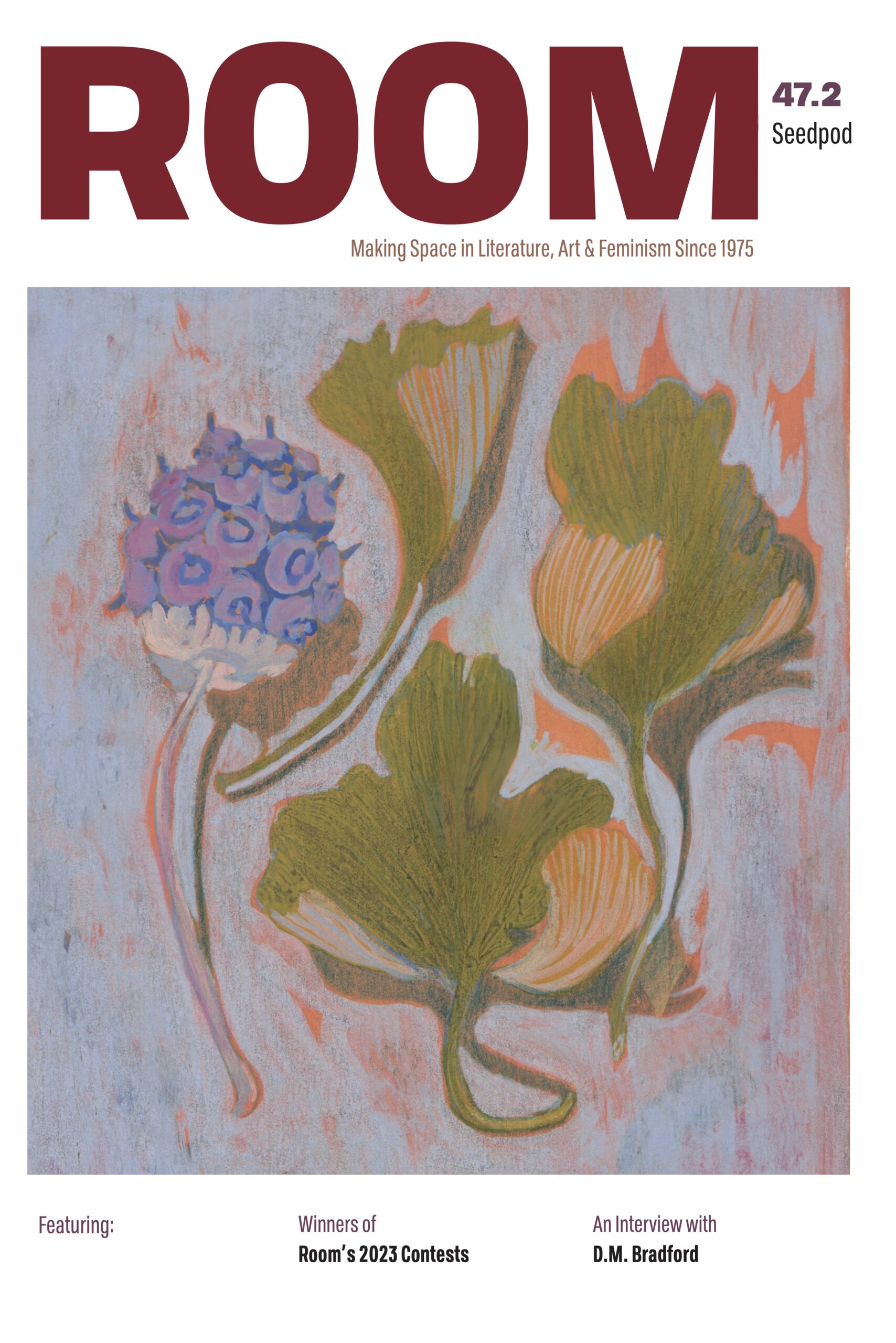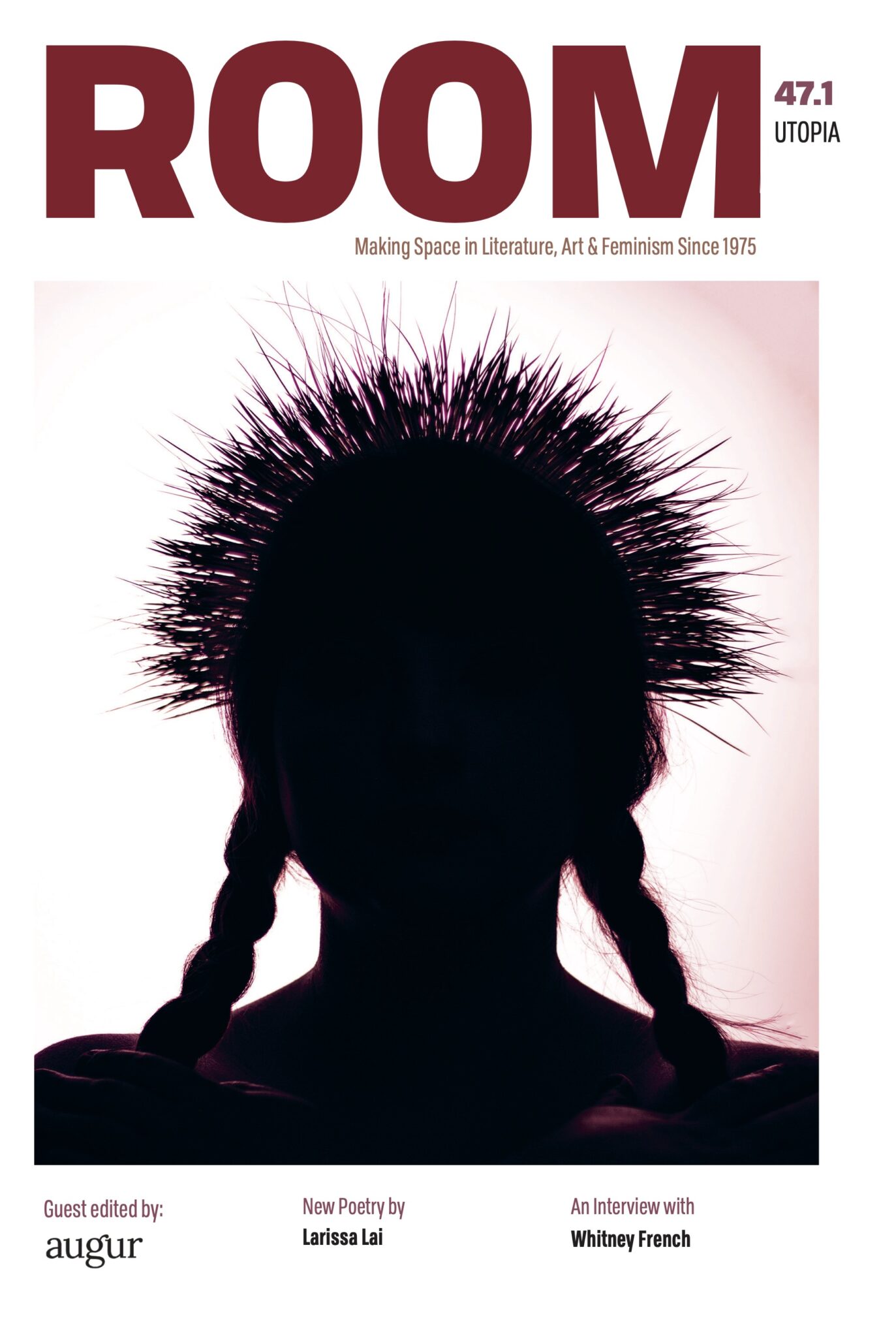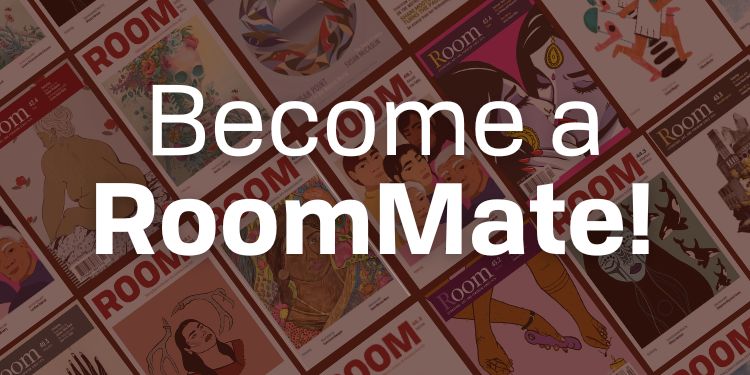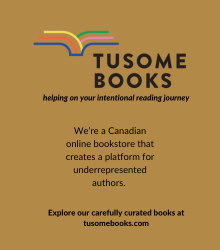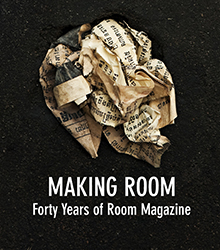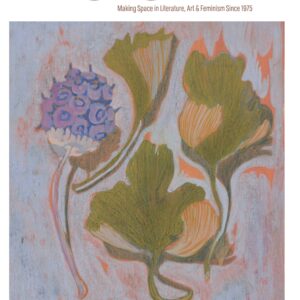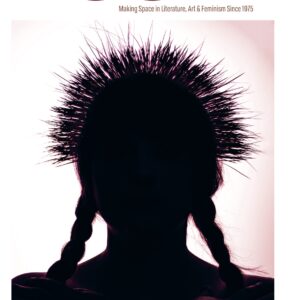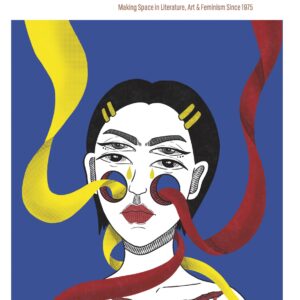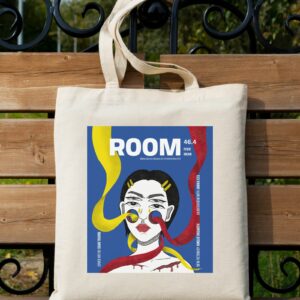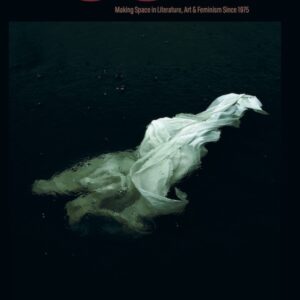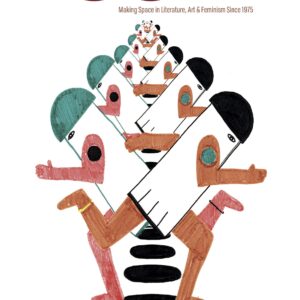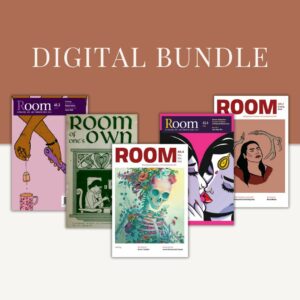Yvette Nolan is a dramaturg and educator from Saskatchewan. Along with her many plays, including Blade and A Marginal Man, Nolan has won numerous awards for her work including the 2014 Mallory Gilbert Leadership Award for her outstanding leadership in the Canadian theatre community. Nolan has also written a compelling and timely book of non-fiction entitled Medicine Shows, which shines a light on the importance of Indigenous theatre to both Indigenous and non-Indigenous people.
Yvette Nolan is a dramaturg and educator from Saskatchewan. Along with her many plays, including Blade and A Marginal Man, Nolan has won numerous awards for her work including the 2014 Mallory Gilbert Leadership Award for her outstanding leadership in the Canadian theatre community. Nolan has also written a compelling and timely book of non-fiction entitled Medicine Shows, which shines a light on the importance of Indigenous theatre to both Indigenous and non-Indigenous people.
KM: I teach junior high, and have found that drama and writing opportunities have allowed young students who feel they have no place, or feel marginalized, to feel more connected and engaged. How do you feel your role in dramatic performance (whether writing, acting, or directing) encourages confidence and development of voice in others?
YN: For me, theatre is all about voice. Giving voice to characters whose stories might otherwise disappear, giving voice to questions that challenge us–about being marginalized, about being invisible, about aging, about grief, about our responsibility to each other and to the world.
In theatre, you can put all the positions onstage, and work things out in the air, and you have to do it in dialogue, you actually have to have human beings say those things out loud, which gives us all an opportunity to hear the way we sound, clever or ignorant or naïve or angry.
By the way, I love junior high. It was my favourite time in school, my best and most important teacher, Bruce Guyda, taught me in junior high. I began to realize who I was in junior high.
I love to teach teenagers. Everything matters so much at that age. Junior high students have so much potential, at that moment. By the time they get to high school–I do also love high schoolers–they are tougher and tougher to get to. I teach adults too, adults are so easy compared to junior high and high school.
KM: You also teach, and have written a non-fiction book. Which of your roles do you enjoy most?
YN: I love teaching, but I could not do it all the time. It is so rewarding, but so draining. I admire those good teachers who do it all the time, and I think often of the really great teachers I have had in my life–Bruce Guyda, Vic Cowie, both now passed, Keith Louise Fulton–and marvel at how they taught all those years with such generosity and passion. I love the moment when you see it land in a student–when you see them get it. I love when it suddenly gets quiet because everyone is writing.
Writing Medicine Shows was satisfying in a different way. It was a way of examining what I knew, of completing the thinking I had been doing about Indigenous theatre for the past decade. So that was a bit of a purge, downloading everything I had learned onto the page, poking around in the entrails, and interpreting it. That was not easy writing, except for when the muse would reach down and tap me, and then suddenly I would be in the groove and it would all come tumbling out.
That feeling, the spilling out feeling, I get that the most often when I am writing plays. Perhaps that is because I have the most practice at that.
I don’t know that I enjoy any one thing over another. They all feed me in some way. Playwriting, like any writing, can be pretty solitary. And I often have several things on the go at once, often on a number of screens, so that when I get stuck or bored or frustrated or spent I can switch screens and work on something else.
KM: As a novelist and fiction writer, I find playwriting to be a kind of glorious mystery where much of the action occurs through dialogue. I have taken precisely one course in playwriting, and found myself spending more time writing stage directions than anything else. What is it about writing plays that you enjoy most? What are some of the constraints and freedoms in this method of storytelling that you find satisfying and challenging?
YN: Ah, the container. Yes, the parameters are really useful, both in writing plays and in teaching playwriting, in dramaturgy.
Playwriting is unlike any other form because you have to deliver the information in dialogue (and yes, yes there are exceptions: mime, physical theatre, etc. etc. etc. but I am talking about writing plays, and specifically the plays I write). When I was starting out stage-managing theatre, I was working with directors who would tell the cast to just black out the stage directions in their scripts. From that I learned, long before I started to write plays, that if I wanted it in the play, I had to put it in the dialogue. And not just in the dialogue, but in the dialogue in a non-expositional way: “Good morning, Mrs. Wayne. Oh you’re soaking wet, here let me take your coat, did you not have an umbrella?” Okay, terrible example, but you get my drift.
It takes practice, like anything takes practice. But if you put in your hours, reading and seeing and writing plays, you start to get better at it. If you put in your 10,000 hours (thanks Malcolm Gladwell), you can begin to master it.
I love the rules. I love the container. That doesn’t mean I don’t bend or break them once in a while, but the container gives me something to push against.
KM: Writers oftens speak of “voice.” In what ways do you feel playwriting and directing relate to amplifying Indigenous voices?
YN: Right from the beginning I used theatre to give voice to marginalized peoples, which in my case meant not just Indigenous people, but also women. My first play, Blade, which I wrote in 1989, came out of my frustration that a young woman we all knew had been killed and the media turned her into a prostitute.
She was Native. She was a woman. She was dead. In the hands of the media this combination of factors equates to prostitute. In Blade, our guide is Angela, a young white woman, who is killed by the same man, but because she is white, the media is less swift to suggest she was a prostitute.
So right from the beginning I was grappling with who gets to tell what stories, and who gets heard. I caught hell for having a white central character, but my first intersection with the world is always as a woman, because I can “pass” as white with most people but I am always perceived as a woman.
KM: Helen Moffett, the South African poet and feminist activist, gave a workshop in Calgary last year, where topics of discussion included the importance of poets in a pre and post-apartheid context. These writers, novelists and artists signaled the critical importance of stories and songs in advancing the cause of freedom from oppression.
The Indigenous peoples of Canada also have a long history of songs, lessons, and stories passed on by elders. How can the Indigenous arts community use their collective voices to promote understanding and communication with non-Indigenous members of society?
Sometimes I think art is the ONLY way to build those bridges, to establish rapport, to create understanding and empathy. We keep our values and our teachings in our stories and our songs. Now that we are in a time of what I hope is rapprochement, we can share those things with non-Indigenous land mates, in the hopes of finding a good way forward together.
I have worked recently with Maria Campbell on animating some of our stories into theatre to illustrate the teachings and make our values visible. We have done a couple of Elder Brother stories that teach wîcihitowin (reciprocity) and muntokewin (taboos). We performed them at the Canadian Institute for the Administration of Justice in front of about 250 judges, lawyers and lawmakers, and in a theatre in Saskatoon for about a dozen children and their parents – talk about diverse audiences!
There is so much work to be done, in terms of conciliation. It is hard for Canadians to get their collective head around the history of this land and what they have and how it is connected to what was done to get it. There is a lot of guilt, a lot of resistance, but we all have to get past that. Art is the way. It is the spoonful of sugar. It is the heart-opener. It is the medicine.
KM: Do you see your work as a type of activism? If yes, in what ways? If not, why not?
YN: Just being in the world as an Indigenous woman is a political act. Refusing to be silenced or disappeared is political, so yes, my work feels like activism. There is so much work to be done in terms of women, Indigenous life, environment, and justice, that I cannot help but be an activist. And I am not getting any younger. I realize that time is finite, so best not to waste it doing – what’s the opposite of activism? – slothism? I don’t want to be passing out of this life thinking, “should have watched less kitten videos and maybe changed the world a little more.”
It can be overwhelming, and we can feel incidental and powerless, but we cannot know the consequences of our actions. Do One Thing. Buy the best quality food as locally as you can. Volunteer. Take the time to answer someone’s questions. Avoid buying things made by children in countries with no labour laws. Begin to understand that everything matters. That everything is connected, and therefore everything affects everything else.
KM: In your book Medicine Shows: Indigenous Performance Culture, you speak of the Eighth Fire:
“The eighth fire is an extension of the prophecies, a suggestion and a wish that now is the time for the Indigenous people and the settler communities to work together to achieve justice, to live together in a good way.”
The embodiment of the eighth fire is a noble aspiration. How do you think we get there? What are the responsibilities of the Indigenous in leading, or guiding, the revolution that has begun with the Idle No More movement?
YN: How do we get there? I don’t know. If I knew, if I even thought I knew, I would be something else, a politician, a lawyer, the prime minister. But this is an ongoing discussion in the Indigenous community, about whether it is our responsibility to teach. And lots of our people are tired of trying to teach. It’s a conundrum. We are responsible for identifying our damage, and the cause of our damage, then healing ourselves, and then helping to heal the nation that did the damage in the first place. That’s a lot of responsibility. And not everyone can do it. And I understand that. But as a character in Falen Johnson’s play Two Indians says, “Well, no one is getting on a boat and going home so I guess we had better find a way to explain their history to them.”
KM: What is the role and responsibility of the non-Indigenous person in this, as you say, conciliation?
YN: Oh, that is easy. Educate yourself. Read. Read everything. I have a list of books that I suggest when people ask me (Tom King’s Inconvenient Indian, Sherman Alexie’s The Absolutely True Diary of a Part-Time Indian, Candace Savage’s A Geography of Blood.) Watch movies (Alanis Obamsawin, Gil Cardinal, Neil Diamond’s Reel Injun, Sherman Alexie’s The Business of Fancydancing, Caleb Behn’s Fractured Land) Go to the art gallery. Go look at Kent Monkman, that will change your life.
Also, be prepared to bleed, as Joni Mitchell once sang. No one will thank you for educating yourself, and you may be offended by people who are tired of teaching and don’t want to answer your questions. Don’t own that, that’s not your anger. Just go around that and look for another teacher, another wellspring of information.
KM: If a friend were to look at your “To Be Read” pile, what books would she find?
YN: Right now my to be read pile consists of about a hundred New Yorkers, Annie Proulx’s new book Barkskins, and Emma Donoghue’s Kissing The Witch.
I don’t have much on my To Be Read pile, because I read them, and then they become my recently read pile.
KM: If you were to take a literary road trip, who would be the two authors you would want to share a car with? Where would you want to go?
YN: Miriam Toews and Miche Genest, which is kind of cheating because they are already my friends and I could probably pitch them on a road trip. Miriam is funny and adventurous and brave and smart. Miche is wise and clever and hugely analytical, and she is also The Boreal Gourmet, which means we would cook and eat like queens. I think I would like to do a USA road trip, so we could get supplies, be wickedly clever and superior about everything we see, tent and have campfires every night. Someplace with big sky. Montana. South Dakota. Kind of a Thelma and Louise and me trip. With a happier ending.

